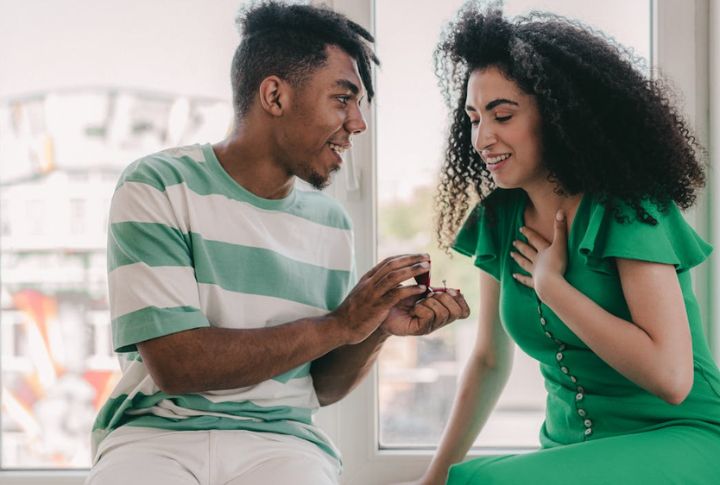
There’s something magical about the engagement ring and the sparkle it holds. For many, that tiny box holds the ultimate symbol of romance, promise, and popping the question. But how did this glittering tradition become such a big deal? Let’s dig into the story behind the tradition.
Ancient Roman Betrothal Rings
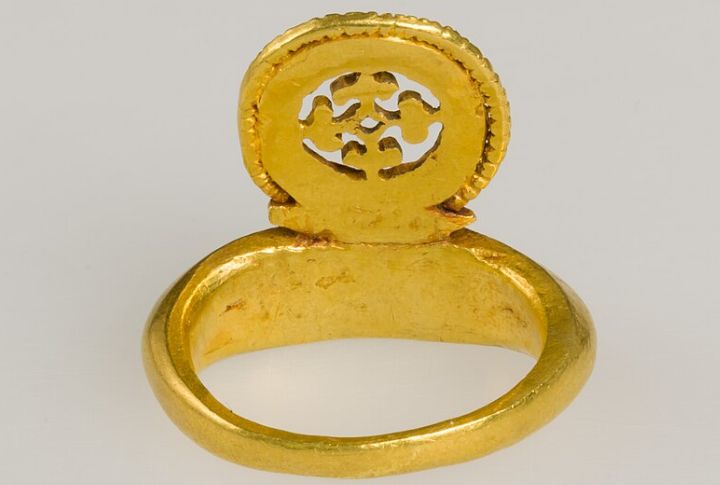
In ancient Rome, betrothal rings made of iron symbolized the legal binding between two families. Later, gold rings emerged for public display, reflecting wealth and status. Romans believed that the fourth finger was directly connected to the heart, and rings often featured engravings or personal touches.
The Church’s Role

During the medieval period, the Catholic Church began blessing rings at wedding ceremonies, solidifying their spiritual importance. These rings became visual proof of a couple’s sacred and legal union. Church-backed customs and class-based sumptuary laws reinforced ring-giving as both a holy ritual and a social marker.
Archduke Maximilian Sparked A Diamond Ring Trend
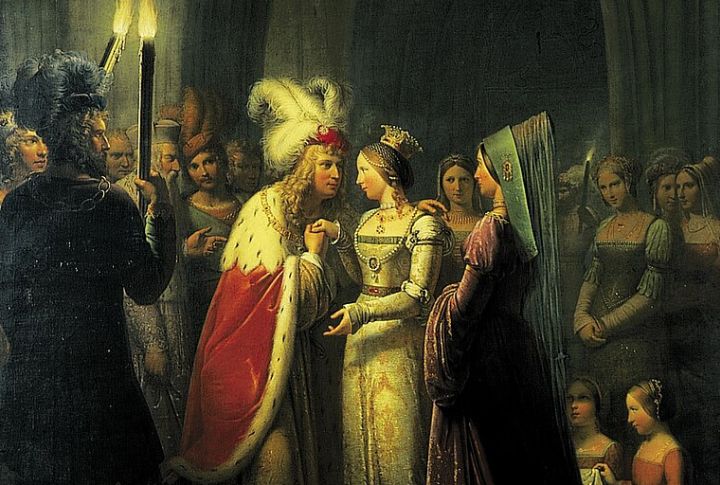
In 1477, Archduke Maximilian of Austria proposed to Mary of Burgundy using a diamond ring shaped like the letter “M.” His action immediately sparked a fashion trend among the European nobility. Flat-cut diamonds became symbols of elite courtship, making this event the first recorded diamond proposal in history.
Victorian Sentimentality And The Rise Of Romantic Ring Customs
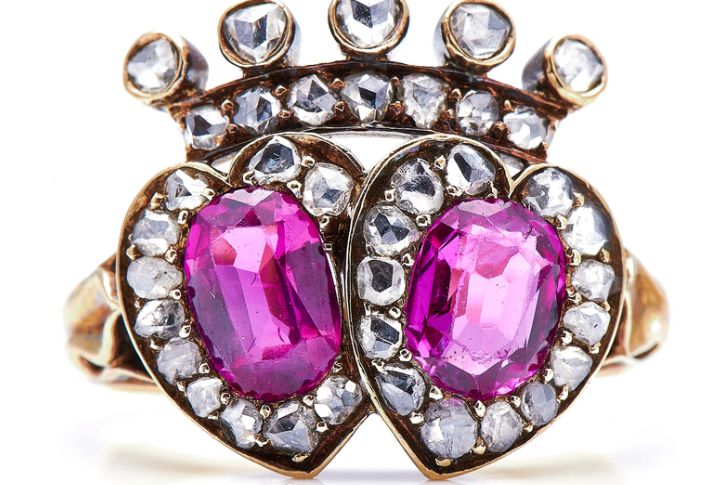
Victorian-era engagement rings were deeply personal, often containing a lover’s initials or miniature portraits. Floral and heart motifs reflected the era’s obsession with romance and symbolism. These rings captured emotion, memory, and mourning all in one meaningful gesture.
Tiffany & Co.’s 1886 Setting Commercialized Proposals
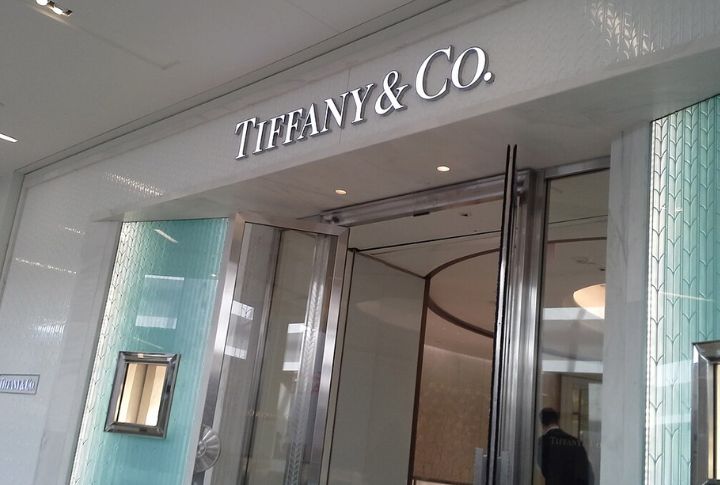
Charles Lewis Tiffany revolutionized engagement rings with his six-prong “Tiffany Setting.” The commercial made diamonds appear more brilliant, with Tiffany & Co. marketing it as the definitive symbol of love. Eventually, the design cemented diamond rings as the gold standard for American proposals.
De Beers’ 1947 “A Diamond Is Forever” Campaign
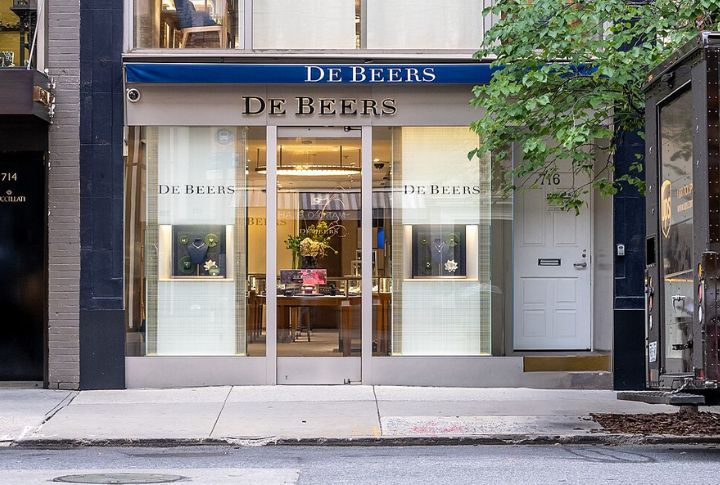
The phrase “A Diamond Is Forever” redefined the meaning of engagement. De Beers cleverly connected diamonds with lasting love and targeted young couples seeking permanence. What began as clever marketing transformed the diamond ring into an emotional and cultural necessity.
Hollywood’s Influence On Diamond Rings
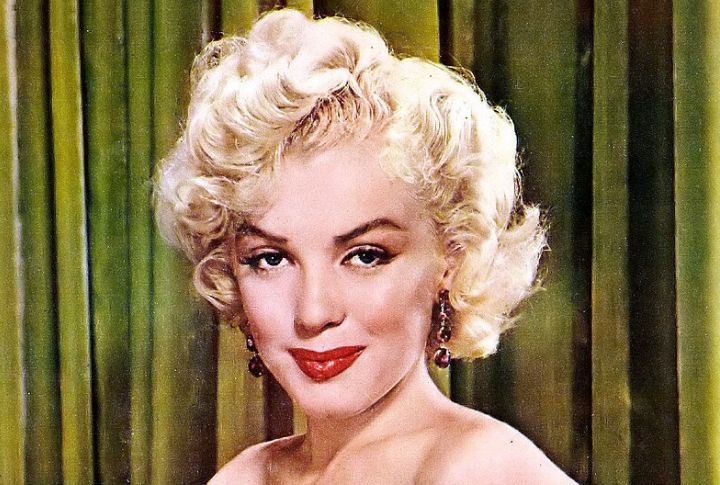
Proposal scenes in classic films sparkled almost as brightly as the rings. At the forefront were Icons like Marilyn Monroe, who promoted diamonds as the ideal symbol of love. Behind all the glamour, jewelers collaborated with costume departments to feature branded gems.
Post-War Economic Booms

The post-war economic boom brought prosperity, making diamond rings accessible to more couples. Advertising then fueled the shift by promoting the idea that love should be shown through bigger stones. The result? Young people began seeing rings as symbols of love and achievement.
The Role Of 20th-Century Jewelry Catalogs And Department Stores

Catalogs like Sears brought engagement rings straight into American homes. At the same time, store counters and glittering window displays turned ring shopping into a shared experience. Some retailers also introduced easy payment plans that made diamonds feel attainable.
How Digital Marketing Reinvented The Diamond Proposal
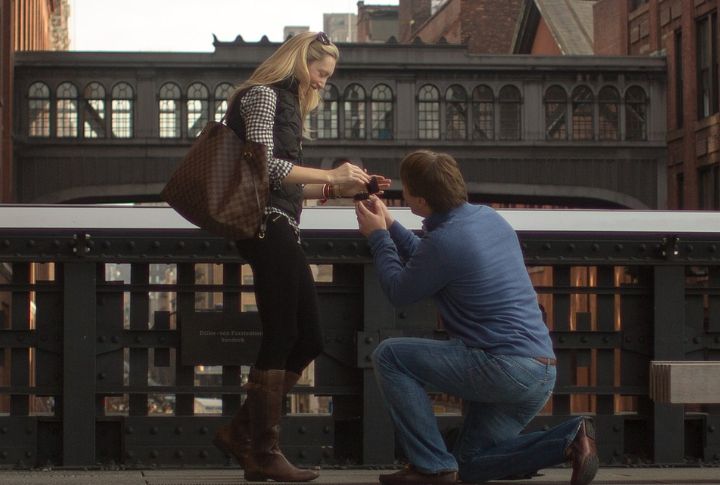
From viral proposal videos to Instagram-worthy diamond shots, social media has transformed how we think about engagement rings. Jewelry brands now use influencers, emotional ads, and digital campaigns to sell more than sparkle—they sell a lifestyle. Today, love stories are built with hashtags and online wish lists.

